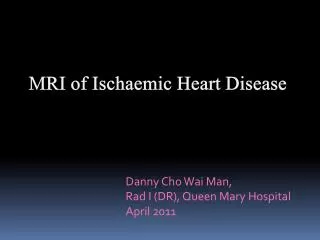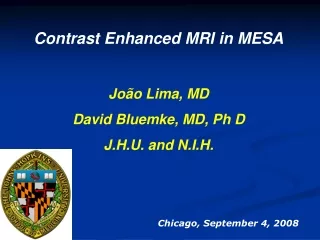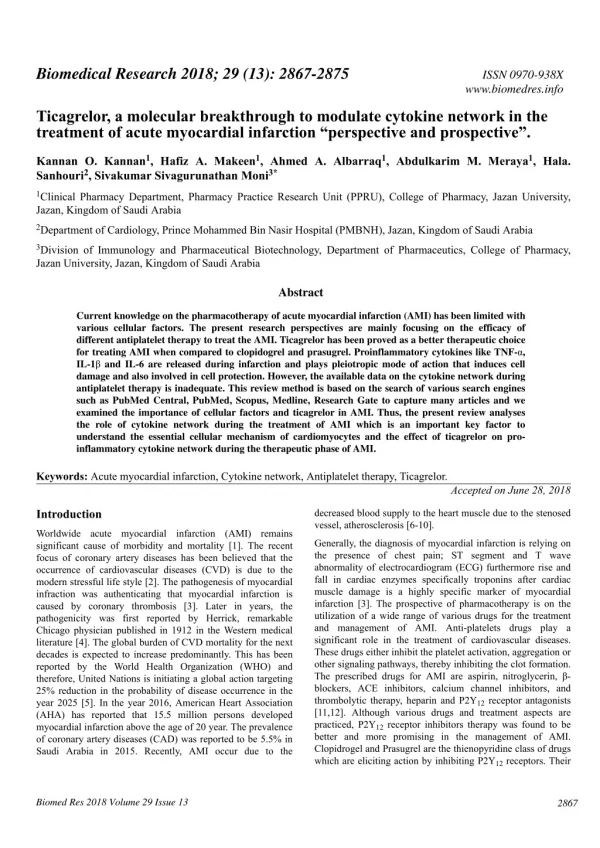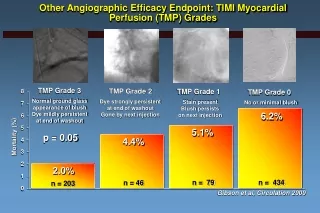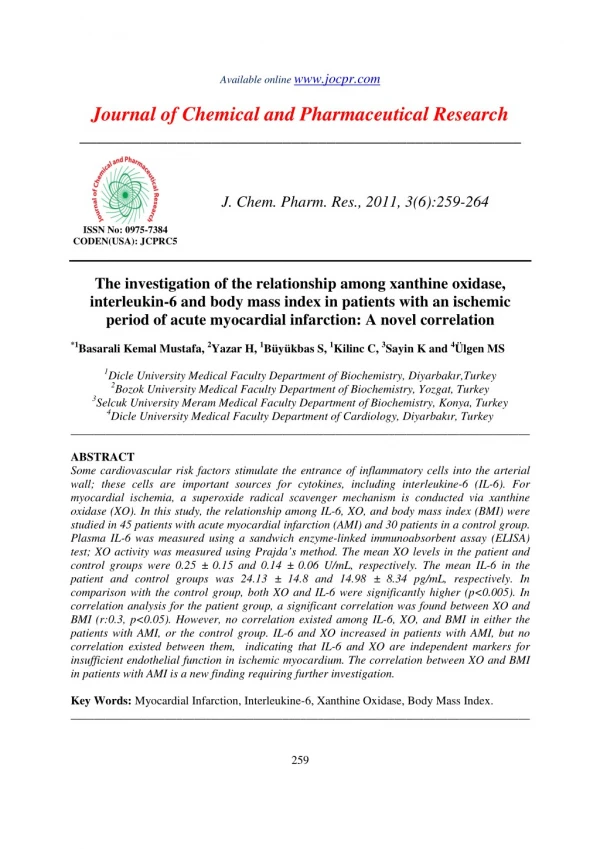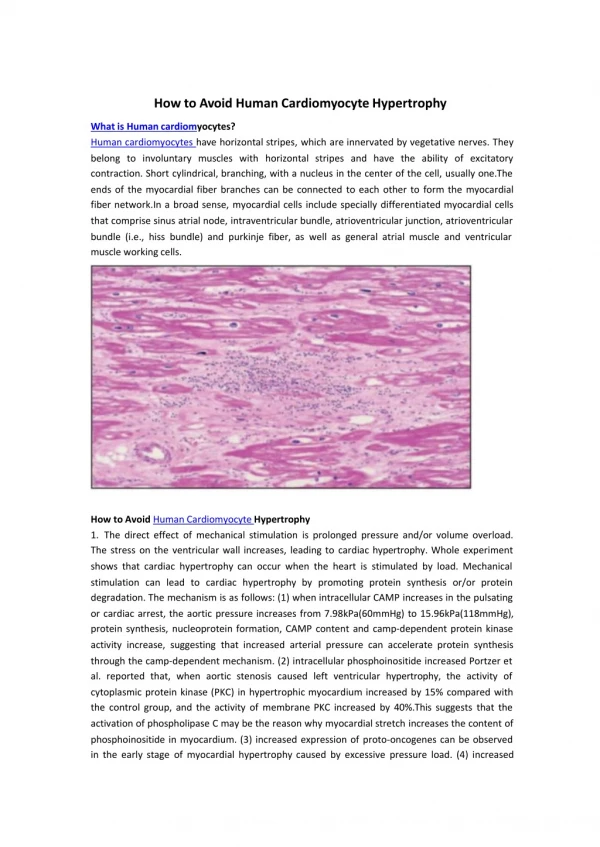The investigation of the relationship among xanthine oxidase, interleukin-6 and body mass index in patients with an isch
Some cardiovascular risk factors stimulate the entrance of inflammatory cells into the arterial wall; these cells are important sources for cytokines, including interleukine-6 (IL-6). For myocardial ischemia, a superoxide radical scavenger mechanism is conducted via xanthine oxidase (XO). In this study, the relationship among IL-6, XO, and body mass index (BMI) were studied in 45 patients with acute myocardial infarction (AMI) and 30 patients in a control group. Plasma IL-6 was measured using a sandwich enzyme-linked immunoabsorbent assay (ELISA) test; XO activity was measured using Prajda’s method. The mean XO levels in the patient and control groups were 0.25 ± 0.15 and 0.14 ± 0.06 U/m L, respectively. The mean IL-6 in the patient and control groups was 24.13 ± 14.8 and 14. 98 ± 8.34 pg/mL, respectively. In comparison with the control group, both XO and IL-6 were significantly higher (p<0.005). In correlation analysis for the patient group, a significant correlation was found between XO and BMI (r:0.3, p<0.05). However, no correlation existed among IL-6, XO, and BMI in either the patients with AMI, or the control group. IL-6 and XO increased in patients with AMI, but no correlation existed between them, indicating that IL-6 and XO are independent markers for insufficient endothelial function in ischemic myocardium. The correlation between XO and BMI in patients with AMI is a new finding requiring further investigation.
★
★
★
★
★
90 views • 6 slides

